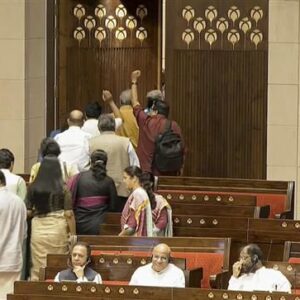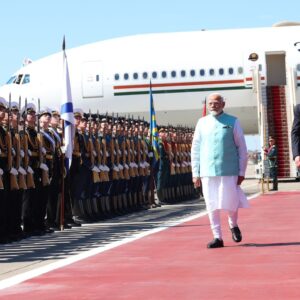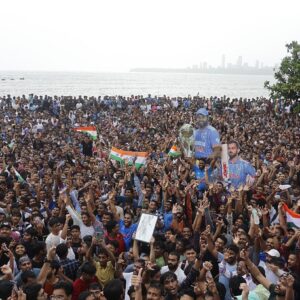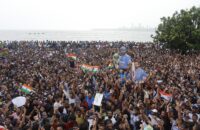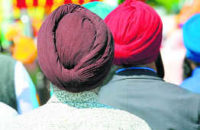This ancient port town with its UNESCO sites not only demolishes the commonly-held belief that India’s Look East policy began in the 1990s, but also how Xi Jinping was acquainted with only a slice of its rich history that helped in the diffusion of Hinduism, Buddhism and Islam to South East Asia and China on the back of ships brimming with merchandise.
Xi was shown around the seventh-century Pallava dynasty monuments, many of these have remained in good shape because of the inherent civilisational ethos of the people and also because UNESCO took many of them under its wings thus preventing their degradation. But India’s trade and cultural linkages with South East Asia and China go back to 300 BC or a full 1,000 years before temples, rock motifs and carvings that Xi will be touring with Modi came up.
The interaction, however, was most active 500 years on either side of the seventh century during the rule of the Pallavas.
It was during this time that the Chinese connection was established in the writings of Hiuen Tsang who visited Kanchipuram after landing at the port here. There is ample archaeological evidence and inscriptions to establish the extensive trade and cultural ties between the Chola Kings and Pallava Kings with China.
Hinduism sailed from here and established a foothold in South East Asia, the mythical fault-line between Indian and Chinese cultures. It got overlaid by the Buddhist culture sailing out of these same parts of India. Islam passed through the Tamil and Malayalee descendants of Arab merchants who took it to South East Asia and the Chinese part of Sanya. The first pan-Indian empire of the Mughal empire slowed down the trade due to its preoccupation with western and northern neighbours, but is continued apace.
The body blow to India’s cultural and commercial links was dealt by the British, Portugese, French and the Dutch who forcibly reorganised the age-old supply chains by reorienting them to supply raw material to their home countries and in many cases ensuring that they were comprehensively disrupted so as not to pose a threat to their trade.
Post Independence, India was not alone culpable for the drop in engagements. There were the Cold War forces that did not allow wither side to play an active role.
Of the several branches of historians, it is the Greater India Society school that puts India at the centre of all pre-British exchanges with South East and East Asia. Like all nationalists, this was an exaggeration. There was no mass movement of people and trade was not really sky-high. Both India and South East Asia were never as intertwined as Tagore romantically imagined was the case. In fact, both sides took a little of that was adaptable and ingrained it in their respective cultures.




 Driving Naari Programme launched in Chandigarh
Driving Naari Programme launched in Chandigarh






